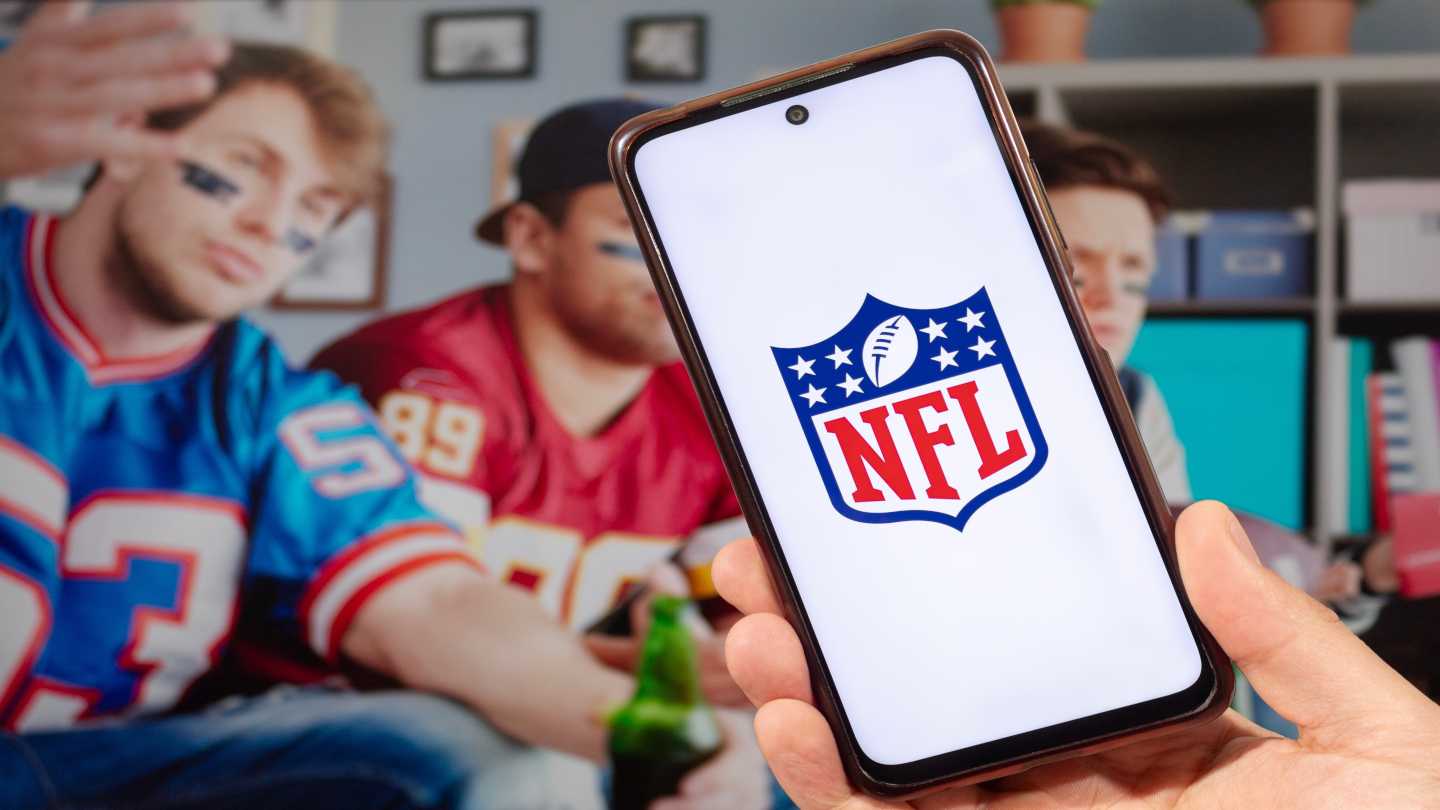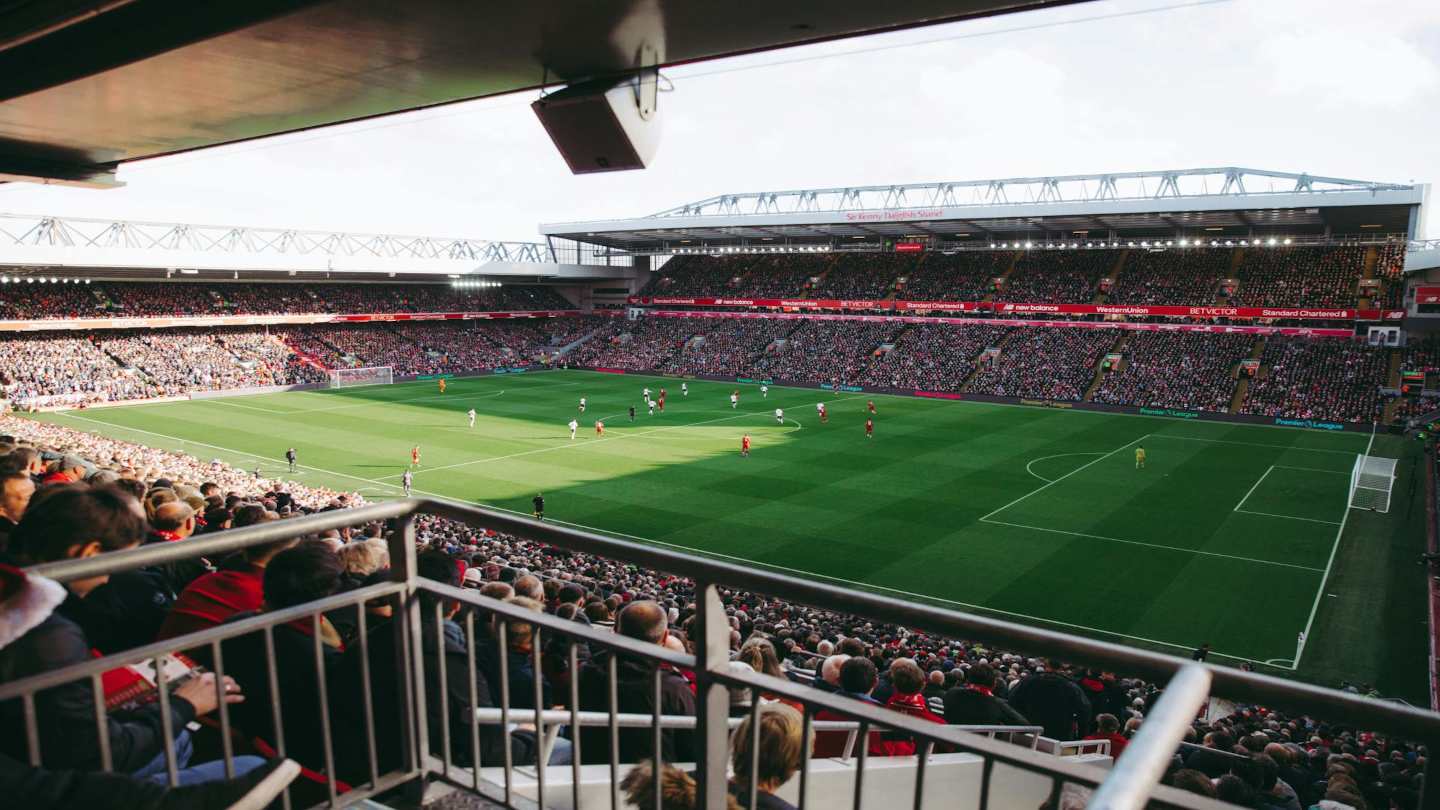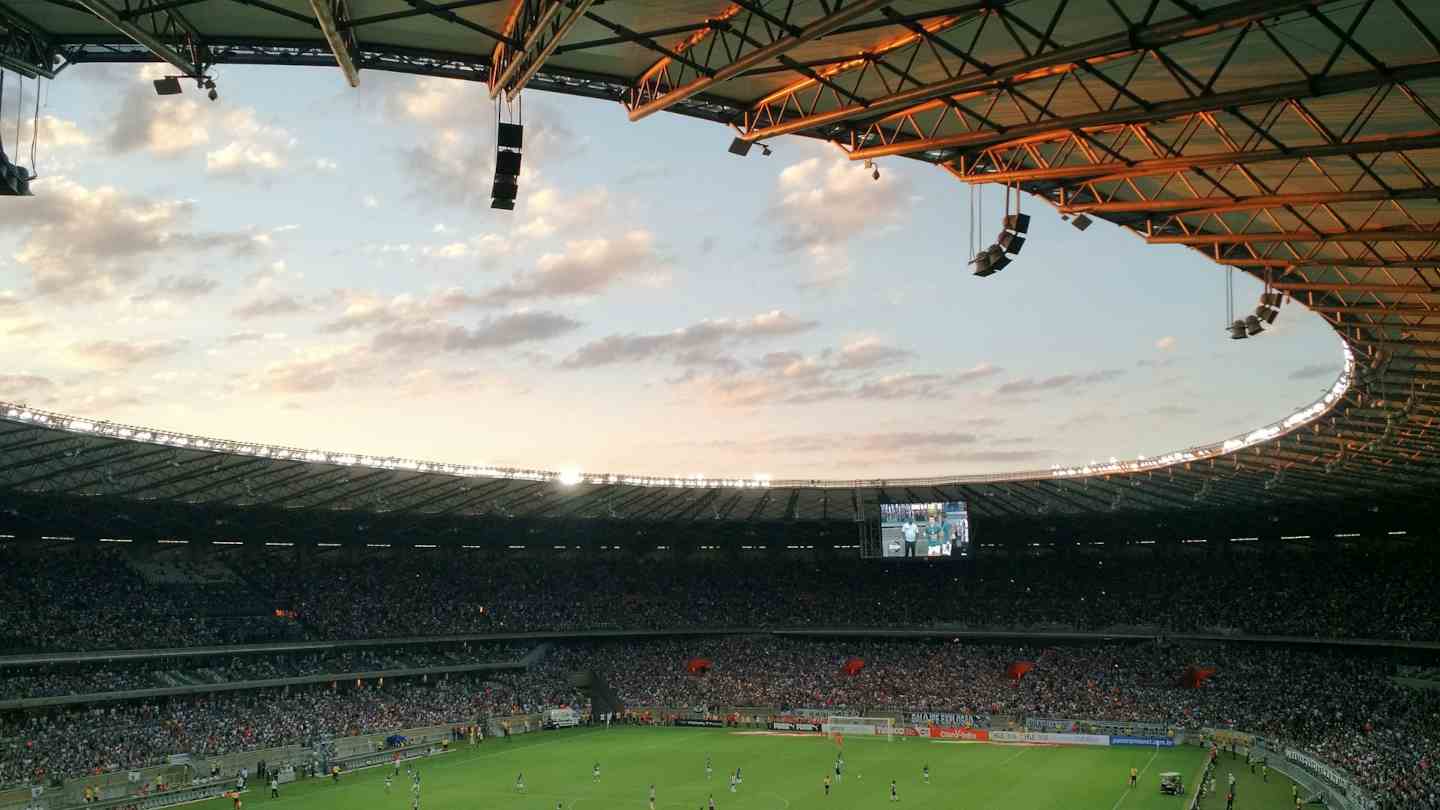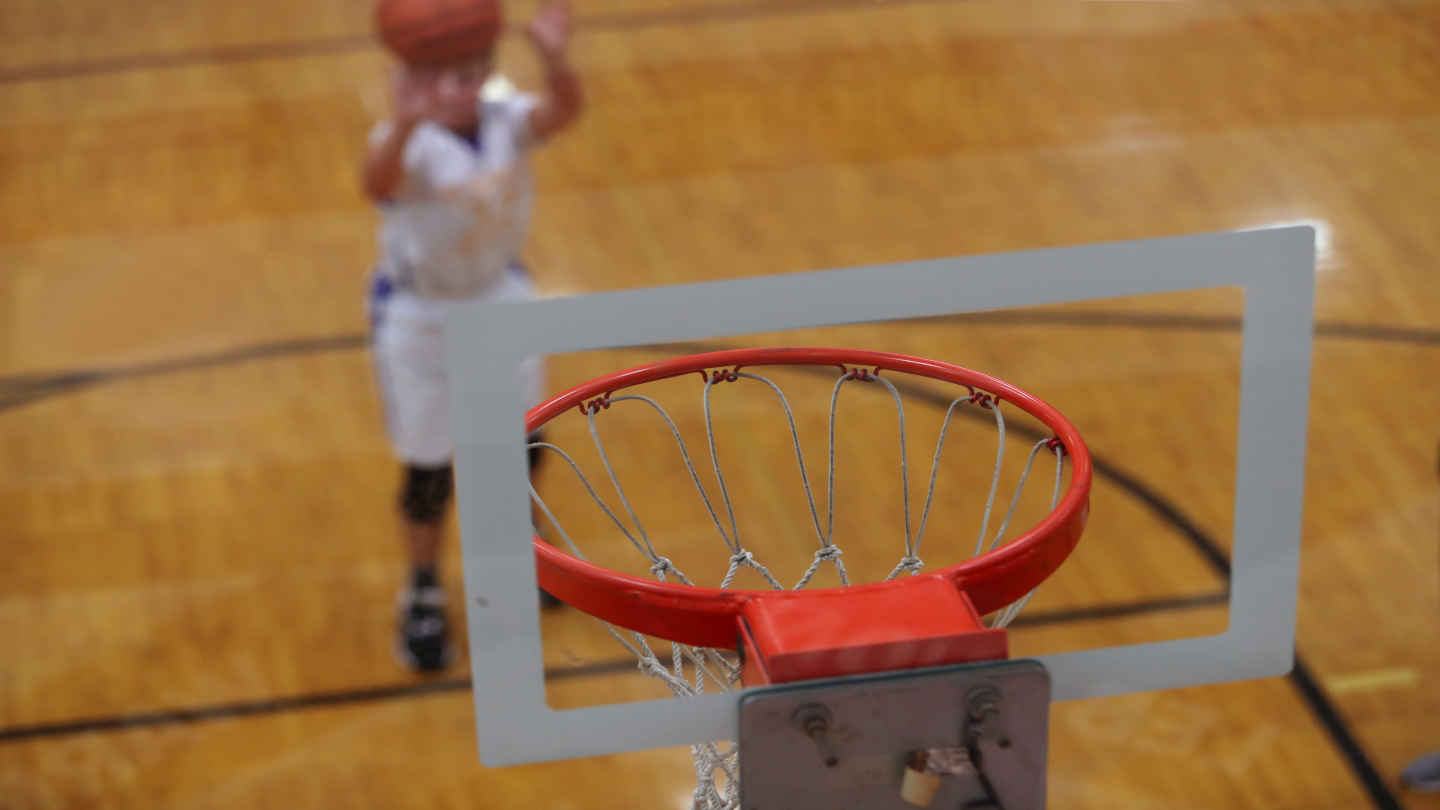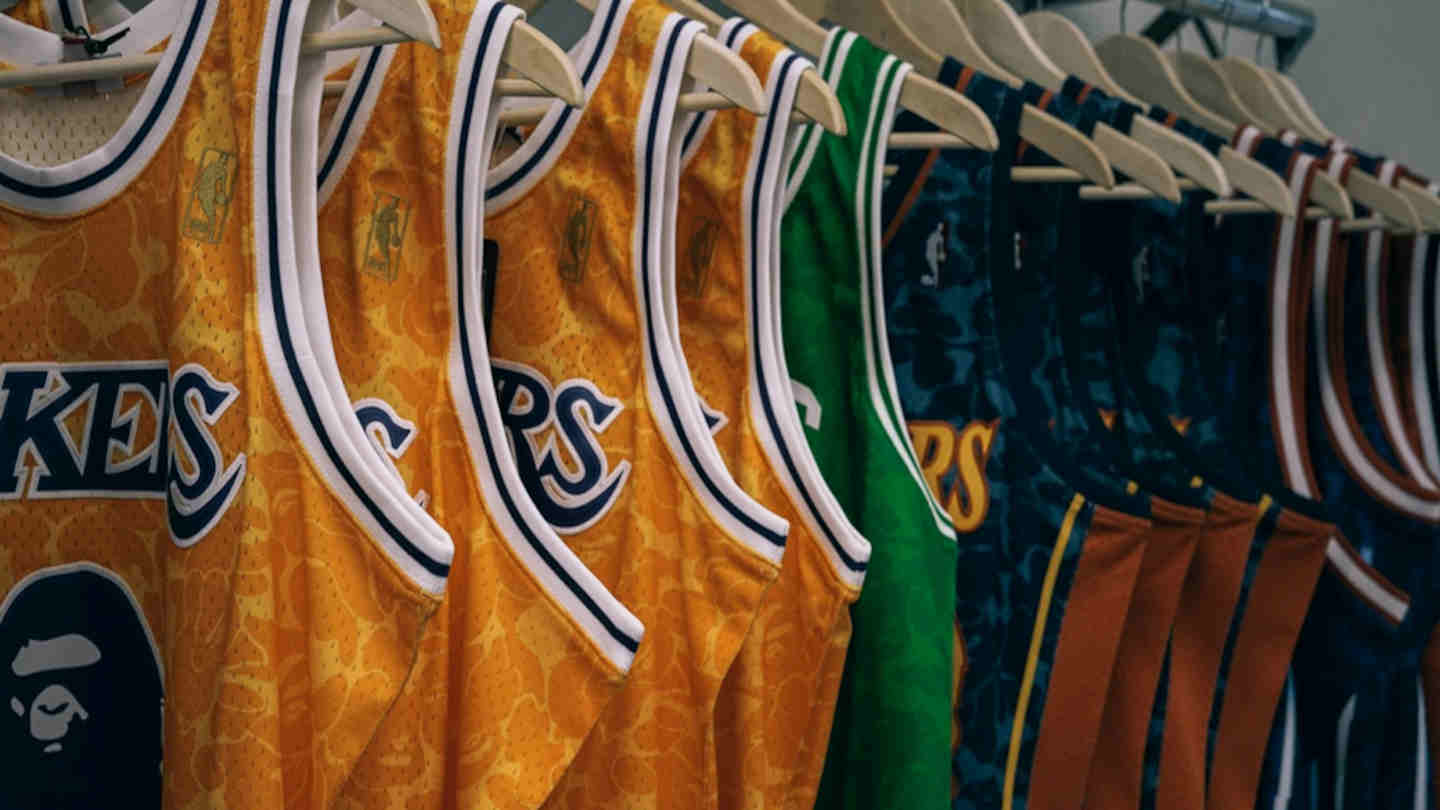NBA TPE Explained – What Is a Traded Player Exception?

5 minutes
Last Updated: May 24, 2024
The NBA TPE or Traded Player Exception is one of the biggest changes the last collective bargaining agreement brought us. For many years, the worst NBA teams have pushed for changes in the CBA to aid them in retaining their star players.
Apart from handing out record breaking contract extensions, these teams now have other ways to retain their stars. But what happens when a trade is forced through? Well, that’s when the NBA TPE comes into play.
TPE Meaning NBA
Traded Player Exceptions are a feature of the NBA and NBPA’s collective bargaining agreement (CBA), which is used to even out salary caps when a trade is made. Since most of the teams making trades have no cap space available, this tool helps teams to make the trade legal under CBA terms.
For example, if Team A trades a player with a salary of $10 million and receives a player with a salary of $8 million in return, Team A would have a $2 million Traded Player Exception.
How is TPE Basketball Created?
When a team engages in a trade and ends up sending out more salary than it takes back, the difference in salaries creates a Traded Player Exception.
The most famous example of this is the deal that sent small forward Gordon Hayward to the Charlotte Hornets. The Boston Celtics wanted to keep Hayward, but when he declined his player option, he became a free agent.
Not wanting to lose such a valuable piece for nothing, Boston Celtics legend Danny Ainge, who was the GM back then, started working on a sign-and-trade deal with other teams. But this meant that Hayward would want to sign with that team.
Hayward chose the Charlotte Hornets, who offered him a four-year, $120 million contract. Since the Celtics were over the salary cap, they had no possible way of replacing Hayward’s production.
So they offered the Hornets a sign-and-trade deal, in which the Celtics would sign Hayward to the deal and immediately trade him to the Hornets. Boston didn’t want any of the Hornets’s players or picks, so the NBA TPE came into play.
Now, you’re probably wondering why would the Charlotte Hornets want to help the Boston Celtics, who are their rival in the Eastern Conference. Well, Hayward lost the Bird Rights he had with the Utah Jazz when he signed with the Celtics for the first time.
If he didn’t sign a second contract with the Celtics to regain Bird Rights, the Hornets wouldn’t be able to extend him after their first contract if they didn’t have cap space.
This way, the Celtics got a 17 million TPE they could use to trade for other players despite salary cap limitations, and the Hornets got Hayward’s Bird Rights with the Celtics.
NBA TPE Types
There are two types of NBA TPE. These are simultaneous and non-simultaneous trades. There are varying rules for teams that pay and don’t pay the luxury tax. The TPE is used to complete a trade that falls under both criteria.
A simultaneous trade means that the receiving team is also sending players, and thus salary. Naturally, different rules apply to tax paying and non-tax paying clubs. A non-tax paying team can trade one or more players and rules dictate that they must take back:
- 175% of the outgoing salary (plus $100K), for any amount up to $6,533,333.
- The outgoing salary plus $5MM, for any amount between $6,533,333 and $19,600,000.
- 125% of the outgoing salary (plus $100K), for any amount above $19,600,000.
For tax paying teams, the traded player exception rules for a simultaneous trade are simpler, but more restrictive in order to maintain competitive integrity. A luxury tax team can only take back 125% of the outgoing salary, plus $100K. This is the rule regardless of how much or how little is the outgoing salary that’s involved.
What is a TPE in the NBA?
Meanwhile, non-simultaneous trades mean that a team is trading away a player or players without taking any salaries in return. This is a common occurrence, especially with salary dump moves.
Usually, teams are looking to free up salary cap space prior to the free agency period. To do this, they will trade large contracts that don’t provide them enough value to merit the price tag. Young and rebuilding teams that have cheap players usually have enough cap space to absorb these contracts. Since they won’t be a big player in free agency, this can be enticing.
In order to facilitate the deal, the selling team will have to attach draft compensation to entice the buyer to take on the contract. The NBA TPE comes into play here. Offering these teams a chance to replace the production of the outgoing player without jeopardizing their salary cap flexibility.
The team then has up to one year in which it can acquire one or more players. Their combined salaries must amount to no more than the traded player’s salary (plus $100K).
NBA TPE Duration
The team holding the Traded Player Exception has up to one year from the date of the trade to use it. During this time, they can acquire one or more players in separate transactions whose combined salaries do not exceed the value of the Traded Player Exception.
But each Traded Player Exception can only be used in a single transaction. It cannot be split across multiple trades. Teams also cannot combine or aggregate multiple Traded Player Exceptions to acquire a player with a higher salary. Each TPE is separate and can only be used for transactions within its specific value.
For example, if Team A has a $2 million Traded Player Exception, they could use it to acquire a player with a $2 million salary in one trade. The Celtics used the 18 million TPE from the Hayward deal to trade for then-Orlando Magic shooting guard Evan Fournier.
Using the NBA TPE, the Celtics didn’t lose a single player, instead sending 4 future second-round picks to the Magic.
This helped them bolster their championship aspirations without sending them into the luxury tax, as the entirety of Fournier’s salary was covered with the NBA TPE.





